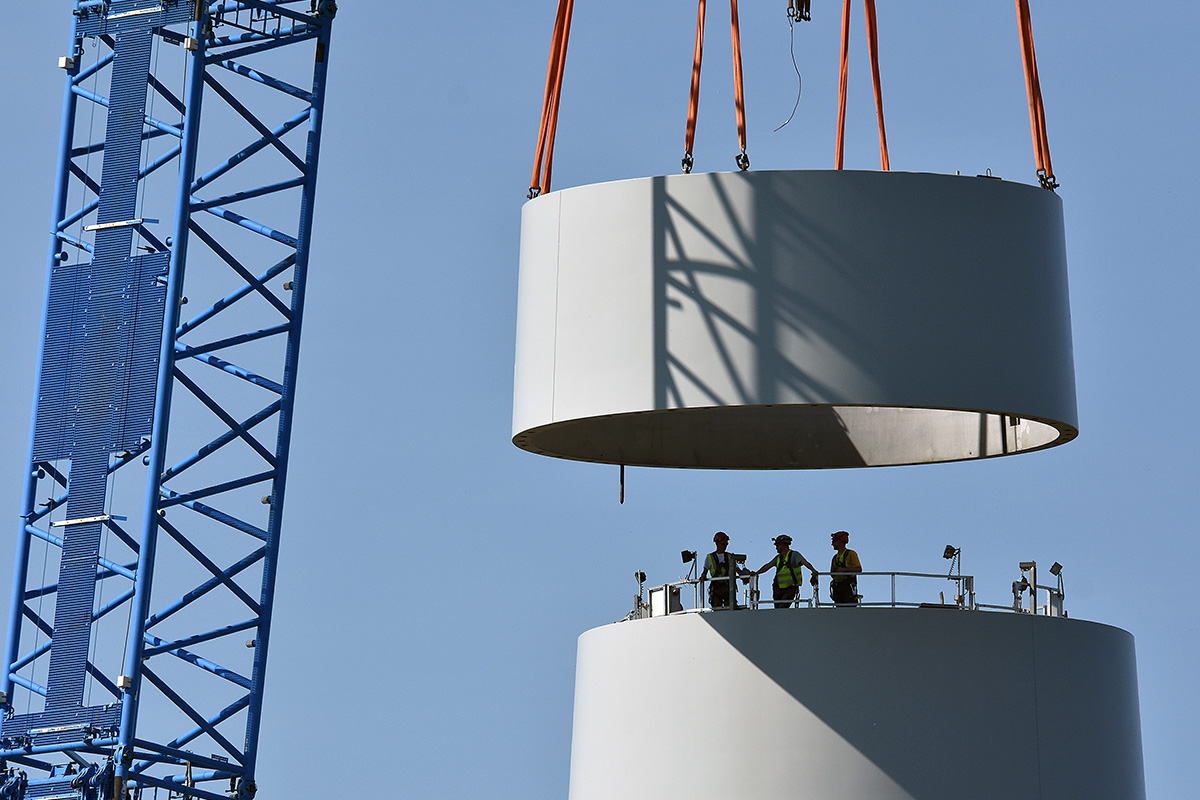News
Restrictions on steel imports could jeopardise the EU’s 2030 renewables target

15 January 2019
EU countries will discuss tomorrow a proposal from the European Commission on protective measures on steel imports to the EU. The EU will then vote on the measures, which aim to restrict steel imports from third countries to the EU until July 2021.
Steel import restrictions to the EU come as a response to similar measures adopted by the Trump Administration in March 2018. The European Commission applied a first set of safeguard measures in July 2018 to shield the European steel industry from trade deflection from the US. The provisional measures were designed as a global tariff-rate quota. This meant 25% duties on steel imports apply once the EU exceeds conservative predefined steel import volumes.
The revised safeguard measures will now mean import volumes per steel category will increase by just 5% every year until 2021. Import volumes will be set based on a mixed system of global and country-specific tariff-rate quotas.
WindEurope CEO Giles Dickson said: “It’s good the Commission have opted for an annual increase in the steel import volumes. But 5% is very low: we expect demand for steel in offshore wind alone to rise by 36% in 2019. It’s in nobody’s interest for access to steel volumes to turn into a scramble for raw materials with other sectors like we’re all chasing seats in musical chairs. Not least when our own sector has binding EU renewables targets it’s got to help meet.
“If we have to pay tariffs on our steel imports the price of wind energy will increase. Steel makes up over half the material used in wind turbine production. Tariffs could add 18% to the price of turbines. This would offset the cost reductions we’ve achieved in recent years. And mean achieving the EU’s 32% renewable energy target for 2030 will cost society more than is necessary. And it would put European turbine manufacturers at a disadvantage to Chinese competitors that source domestic steel at much lower prices. We call on European countries and the Commission to agree a higher annual rate of increase in non-tariff volumes than the proposed 5% when they vote.”

